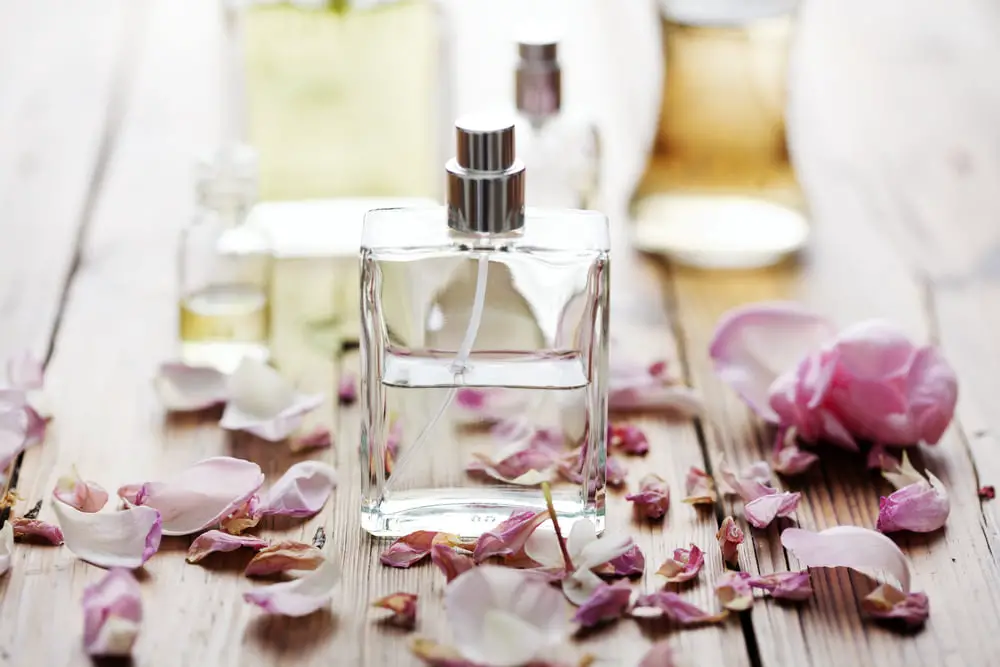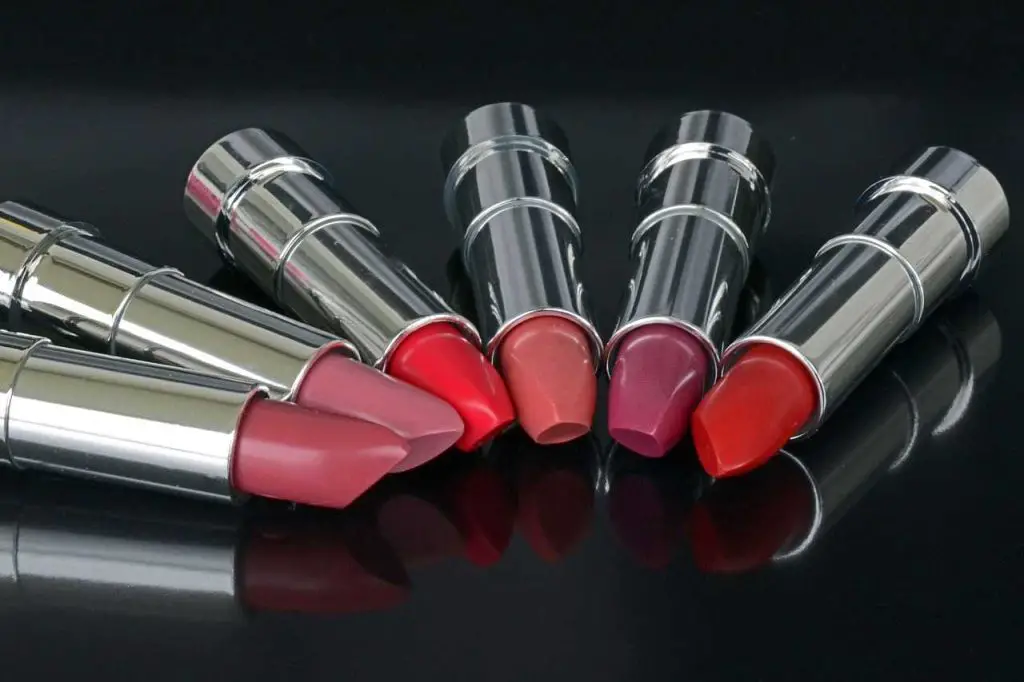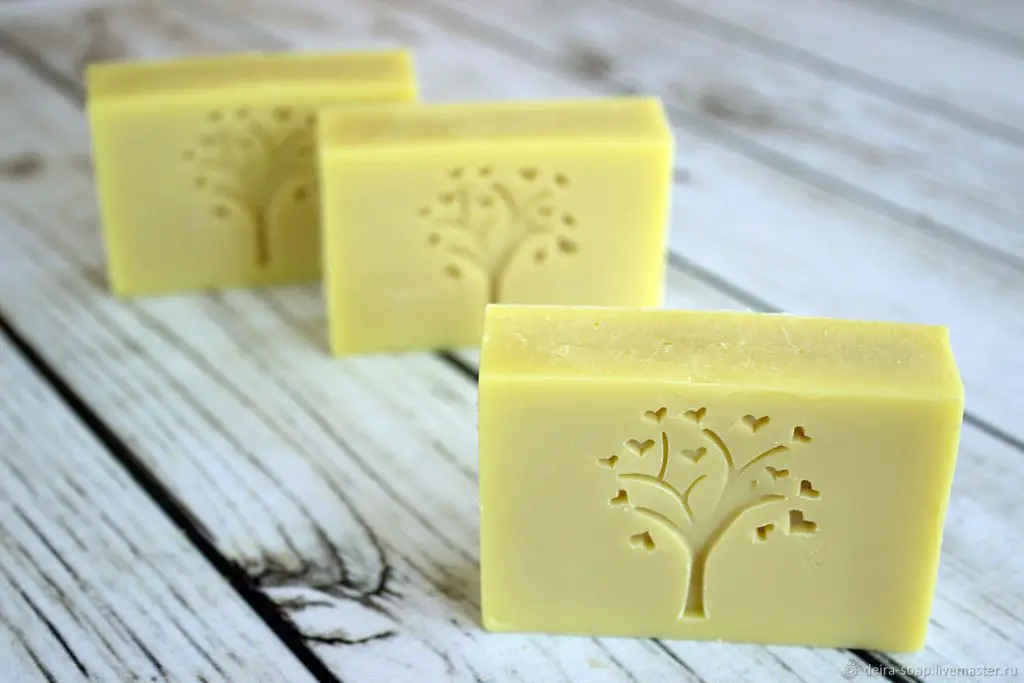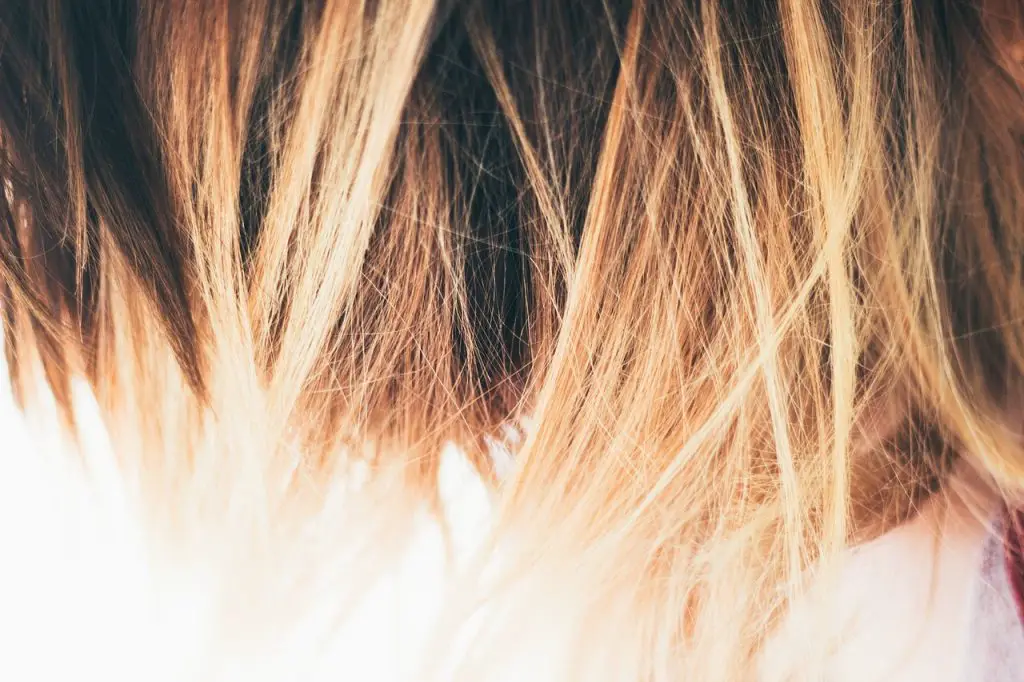The history of perfume dates back thousands of years, as discovered fragrance samples were in ancient Egypt, the Roman Empire, Mesopotamia and the Persian Empire, in ancient times, used perfume for hygiene and cleanliness, as well as used as a symbol of nobility in ceremonies.
We will talk about the history of perfume in cultures worldwide and its invention and use.
People have used perfume in many different ways over the years. A primary product in the fashion industry is to distinguish nobility first. Since it was an expensive and challenging product to find in many cultures, only the upper classes had access to perfume. The first manufacturer on record was a woman chemist named Tapputi. Belonging to the Mesopotamian civilization M.He. 2. Many stories written about him have been uncovered on a clay tablet dating back a thousand years.
Through the ages, different civilizations have used scents and perfumes in many exciting ways. Here is the use of fragrance in many ancient cultures.
Perfume Is Very Important in Ancient Egypt
The fragrance was of great importance in Egyptian high society. In Egyptian mythology, the god Nefertem is the master of perfume—nefertem carrying water lilies, a common ingredient in ancient perfumes. The Egyptians made perfumes by distilling natural ingredients with odourless oils. The Egyptians, who obtained the most popular scents from local flowers, fruits and aromatic trees, used incense in ceremonies. The incense and myrrh trade was significant in Egypt’s international relations. Myrrh is a fragrant and sticky resin used in pharmaceutical production and perfumery. It is used mainly in the Near East.
Famous Egyptian queens such as Cleopatra and Hatshepsut are said to have used perfume to make their bodies, rooms, and bathrooms smell nice, and even bouquets on their tombs.
Did the Ancient Iranians Use Perfume?
The ancient Iranians were no less impressed by perfume. The Persian civilization dominated the perfume trade for hundreds of years. In addition, the Persians are considered the inventors of non-oil-based perfume. During the Sassanid period, producing fragrances and brewing aromatic plant juice was common. In the Persian country, the aroma was essential in the noble class.
The Persian kings had their own “signature fragrances”, which friends and relatives used. Darius of Persepolis, one of the Persian kings, is often pictured holding bottles of perfume and incense. Another Persian king, Xerxes, was painted with lilies, one of the flowers often used in Persian perfumes. In Persian, documents used equipment to make perfumes, and many factories existed. According to these documents, the Persian people liked to produce different smells and new varieties of aromas.
The Ancient Roman People Were Also Perfume Lovers.
The ancient Romans and Greeks carefully documented the perfume production process. Based on these documents, several Greco-Roman smells have begun to. One of these scents designed today is the origin of M.He. It comes from the oldest perfume factory in the world, dating back to 1850. Aphrodite, the goddess of love, used perfumes and fragrances in her temples while worshipping. However, it was not only used for religious purposes. The aroma was a big part of Rome’s transformation from a small farming village to a global epicentre.
The Romans used about 2,800 tons of imported incense and 550 tons of myrrh annually. These fragrances have been used in public baths to make the water smell pleasant and in personal care products such as balms, oils and perfumes for skin and hair care. Some Romans, such as the writer and philosopher Pliny the Elder, were condemned for using fragrance because of their wealth and extravagance. When Rome fell, luxury items such as perfume were banned, and perfume did not regain popularity in Europe for hundreds of years.
The People of Ancient India and China
While Europeans turned their backs on perfumes for a while, other cultures enjoyed regular perfume use. For example, they have used the smell in the ceremonies of sacred Indian Tantric rituals and at the centre of their temples. The ancient Chinese mixed many items, such as ink, with perfume. They also used perfume, especially in their homes and specific areas such as places of worship. In addition, the Chinese have turned to use scents for disinfection and cleaning because they believe they can help save people from many diseases. They generally focused on using it rather than putting perfume on their bodies and having lovely smells.
During the rule of the Sui and Song dynasties, noble Chinese began to use personal perfumes by importing materials through the Silk Road. During the power of the Yuan, Ming and Qing dynasties, the smell became widespread among the people. Dec. Oriental fragrances focused mainly on herbs and spices, many of which as food and medicine.
The Use of Perfumes in the Medieval and Renaissance Periods
The use of perfume also continued during the Middle Ages and the Renaissance. M.S.11. during the Crusades in the century, the Crusaders began to bring perfume-making materials and techniques back to Europe. They obtained perfume-making materials from the far east and the middle east, including the technique of distilling rose petals. During the bubonic plague epidemic, doctors used to wear bird-like masks filled with medicinal plants, oils and spices to prevent the disease. Did the belief that fragrant oils and fragrant ingredients could eliminate the “smell of the plague” help to increase the popularity of the use of fragrance in medieval Europe?
M. S. 14. By the turn of the century, the Italians had almost perfected the perfume-making process, and liquid perfumes began to replace solid ones. Marco Polo and his teams brought many unique aromas from their travels, which turned Venice into a major fragrance trading centre. Catherine de Medici, a wealthy Italian who married the French king in 1519, is credited with bringing perfume to the rest of Europe. Italian perfumer Rene la Florentin designs a signature fragrance for him from orange blossom and bergamot. Other noblemen, such as the queen of Hungary, helped spread the popularity of the perfume throughout Europe. It was when aroma began to as a fashion accessory.
European men and women used to spray perfume on their bodies, clothes and wigs. Then people began to include more complex ingredients such as amber, musk and musk oil obtained from animals in the perfume formula. Since bathing is still an unpopular practice, used perfume to cover up body odour. The smell of perfume has always been fashionable, as it helps distinguish the upper and lower classes.
How was Perfume First Produced?
The first perfume used natural materials such as tree bark, wood, roots, leaves, flowers and seeds. Perfume production began in Egypt and Mesopotamia by the Persians and Romans. These ancient civilizations often turned fragrant materials into balms for religious ceremonies or to anoint their bodies. Myrrh and incense are obtained from trees and made into perfume, while other plants, such as rose and mint, are blended with oils. As trade routes spread, more diverse scents, such as exotic spices and herbs, were used.
Usually kept These products in water and turned into aromatherapy products. Perfume bottles were born as containers made of wood and clay, and over the years, they have evolved into beautiful coloured glass bottles. Hand-painted vases and even carved precious stones also preserve perfume and fragrance.
The First Purposes of Use of the Perfume That Attract Attention
Each ancient culture had different uses for the smell. Perfume and incense were in many rituals but were considered bath and body odours. They even used it in the funeral ceremonies of many cultures, particularly the Egyptians.
Some cultures use perfume for cleaning purposes. The ancient Chinese and medieval Europeans believed that perfume cleanses the air and prevents diseases. Old doctors used perfumes as medicine to treat infections and even mental illnesses—first, Decontamination and beauty among the purposes of use. People wore scented gloves and added perfumes to soaps to” cleanse and strengthen the body “.
Millions of people use perfumes and fragrances, which are popular fashion accessories.



